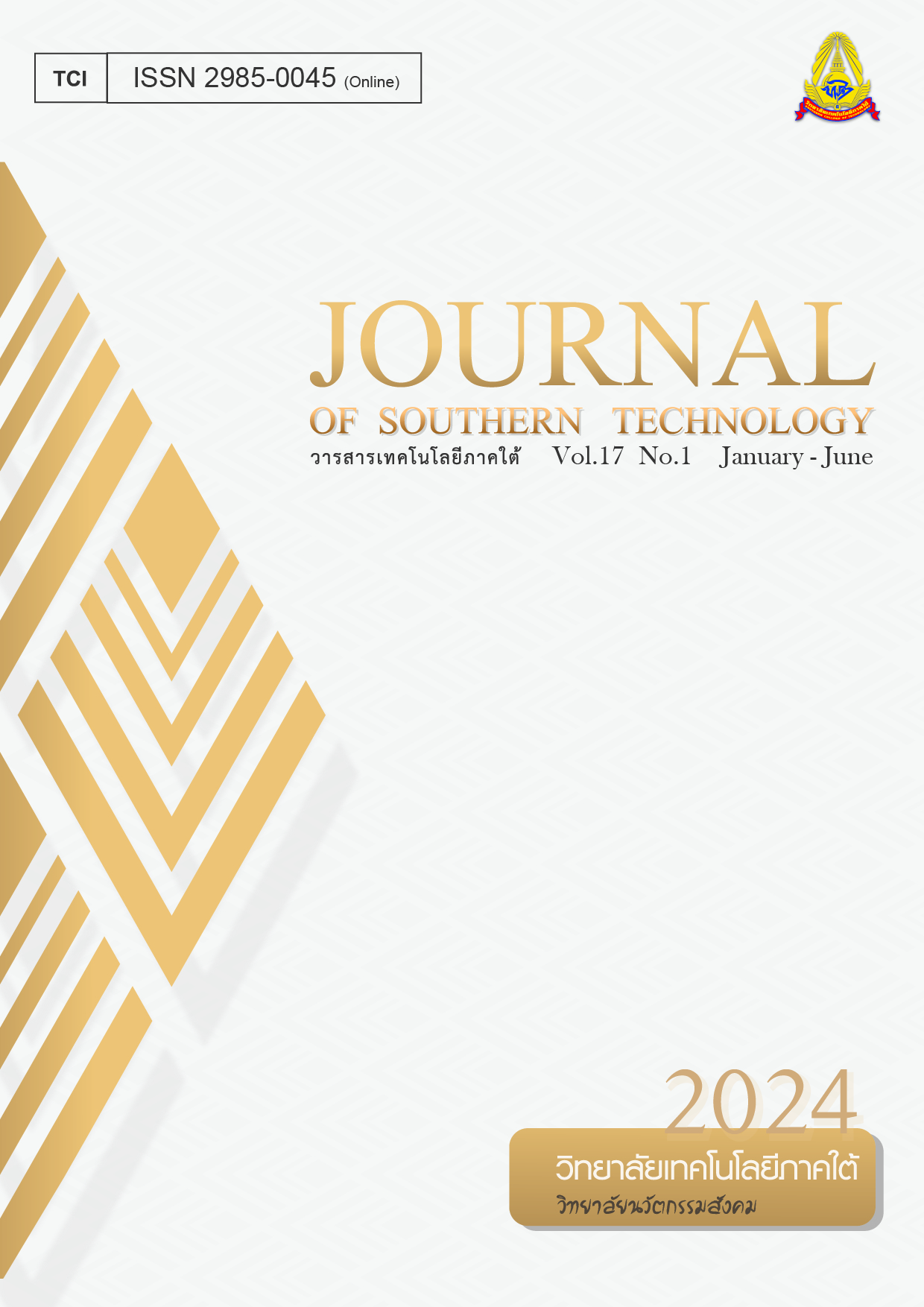Engaging the Local Community in Cultural Tourism Development: A Case Study of Tham Khao Plu Temple, Pathio District, Chumphon Province
Main Article Content
Abstract
Engaging the local community in the development of cultural tourism sites is of great importance. However, the challenges encountered include differences in understanding, knowledge, diverse cultural backgrounds, and individual interests, as well as reaching out to members of each household. The research question is: What form should community engagement take to develop cultural tourism sites? This study aims to examine patterns of community engagement in the development of cultural tourist attractions and problems encountered when engaging communities in the development. Tham Khao Plu Cave in Pathio District, Chumphon Province was selected for this case study. The study uses a qualitative inquiry to study a sample of 30 individuals of Tham Khao Plu Cave community including the village headmen, community leaders, committee members, an abbot, monks, seniors, and residents around Tham Khao Plu Cave. Semi-structured interviews were conducted, and data were analyzed using content analysis and thematic analysis methods. Findings indicate that patterns of engaging communities of different backgrounds require deep understanding of their thinking and culture that is exhibited through individual behaviors. It is also important to understand individual behaviors and personality to boost motivation, interest, awareness, and encourage participation in the development of cultural tourist attractions. The community is considered the cultural root, a source of local wisdom, a core of local narratives and preservation of local cultures. Moreover, it also plays a crucial role in attracting tourist interests and is key to the development of cultural tourism sites in the local community, preserving their uniqueness, art, culture, and creating compelling narratives for tourists. Therefore, this study may serve as a guide to developing sustainable methods for community engagement to foster strong foundation and further develop sustainable cultural tourist attractions.
Article Details

This work is licensed under a Creative Commons Attribution-NonCommercial-NoDerivatives 4.0 International License.
-
Authors must agree to the journal publication rules and allow the editors to edit the manuscripts for publication.
-
Author’s right belongs to the author but Journal of Southern Technology holds the right of first publication and thus allow readers to use the article for the purpose of education but not commercial.
References
Alberti, F. G., & Giusti, J. D. (2012). Cultural heritage, tourism and regional competitiveness: the Motor Valley cluster. City, Culture and Society, 3(4), 261-273.
Andriotis, K. (2005). Community groups’ perceptions of and preferences for tourism development: Evidence from Crete. Journal of Hospitality & Tourism Research, 29(1), 67-90.
Arnstine, S. R. (1969). A leader of citizen participation. Journal of the American Planning Association, 35(4), 216-224).
Boje, D. (2004). Welcome to Mindscapes. Retrieved December 27, 2021, from http://peaceaware.com/mindscape
Chaigassem, T., & Tunming, P. (2019). Identity for cultural tourism of the Bueng Kan Province, Thailand. African Journal of Hospitality, Tourism and Leisure, 8(1), 1-17.
Department of Tourism, Ministry of Tourism & Sports. (2020). Annual Report. Retrieved December 27, 2021, from https://www.tat.or.th/th/ [in Thai]
Dickman, S. (1996). Tourism: An Introductory Text. Sydney: Hodder Education.
Khlaikaew, K. (2015). The cultural tourism management under context of world heritage sites: Stakeholders’ opinions between Luang Prabang communities, Laos and Muang-Kao Communities, Sukhothai, Thailand. Procedia Economics and Finance, 23(1), 1286-1295. https://doi:10.1016/S2212-5671(15)00563-8
Kvam, G.-T., & Strate, E. P. (2010). Innovation and diffusion-different roles in developing nature-based tourism. The open Social Science Journal, 3(1), 30-40.
McQuilken, L., Breth, R., & Shaw, R. N. (2000). Consumer Expectation and Satisfaction Levels: a Evaluation of Tourism in the Otawa Region. Proceedings by Bowater School of Management and Marketing, Deakin University.
Middleton, V.T.C. (1994). Marketing in Travel and Tourism. Butterworth-Heinemann, Oxford.
Pratad, O. (2015). Participation of Citizens in fort Mattakan, Rattanakosin Island, Thailand (Master’s Independent Study). Bagkok, Thammasat University. [in Thai]
Nusong, O. (2017). Community Participation in Management of Aquatic Animals Protected Area: A case study of Moo 1, Pa-Khad Sub- District, Singhanakhon District, Sangkhla Province (Master’ Thesis). Songkhla Province, Prince of Songkhala University. [in Thai]
Rich, A.-K., & Franch, A.K. (2016). Tourism development in Bagan, Myanmar: perceptions of its influences upon young peoples’ cultural identity. Tourism Planning & Development, 13(3), 333-350.
Richards, G. (2018). Cultural tourism: a review of recent research and trends. Journal of Hospitality and Tourism Management, 36, 12-21.
Sanchez-Sanchez, O.M., De-Pablos-Heredero, C., & Montes-Botella, L. J. (2021). A behavior model for cultural tourism: loyalty to destination. Economic Research-Ekonomska Istrazivanja, 34(1), 2720-2746.
Sawagvudcharee, O., Liu, H., & Zhang, C. (2020). Tourist perceived value and quality of intangible cultural heritage souvenirs on customers’ purchase intention: a case study of Chinese tourists. International Journal of Economics, Business and Management Research, 4(7), 181-195.
Yolles, M., & Fink, G. (2013). Exploring Mindset Agency Theory, Working Paper of the Organizational Coherence and Trajectory (OCT) Project.
Warasiri, K., & Sawagvudcharee, O. (2018). The historical innovation Ayutthaya model of tourism development. EAU Heritage Journal Social Science and Humanities, 9(3), 245-258. [in Thai]

